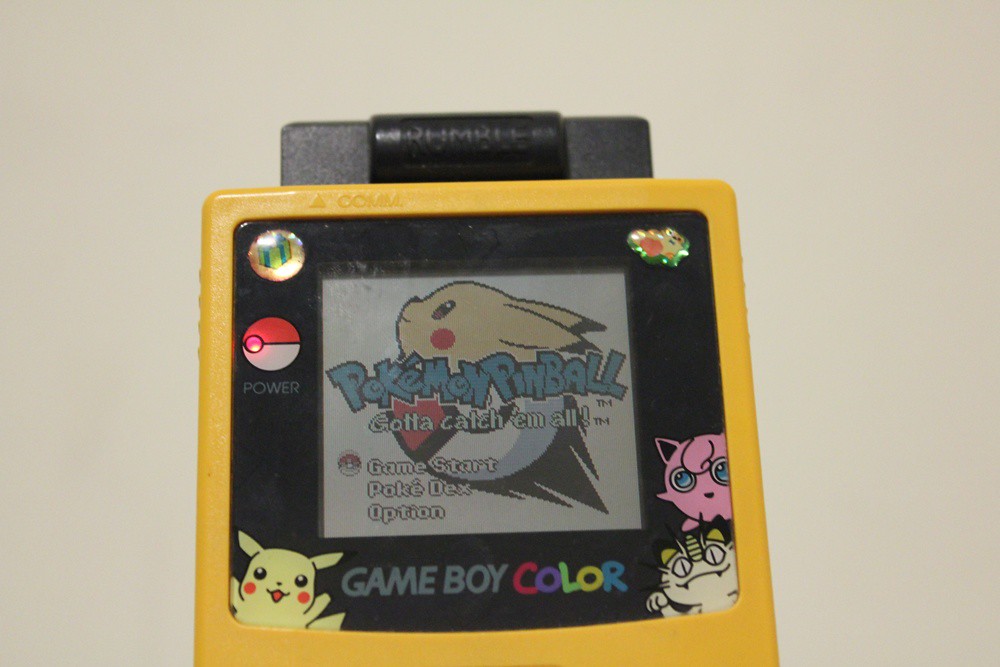Media release
From: Springer NatureExtensive childhood experience with Pokémon suggests eccentricity drives organization of visual cortex
Abstract
The functional organization of human high-level visual cortex, such as the face- and place selective regions, is strikingly consistent across individuals. An unanswered question in neuroscience concerns which dimensions of visual information constrain the development and topography of this shared brain organization. To answer this question, we used functional magnetic resonance imaging to scan a unique group of adults who, as children, had extensive visual experience with Pokémon. These animallike, pixelated characters are dissimilar from other ecological categories, such as faces and places, along critical dimensions (foveal bias, rectilinearity, size, animacy). We show not only that adults who have Pokémon experience demonstrate distinct distributed cortical responses to Pokémon, but also that the experienced retinal eccentricity during childhood can predict the locus of Pokémon responses in adulthood. These data demonstrate that inherent functional representations in the visual cortex—retinal eccentricity—combined with consistent viewing behaviour of particular stimuli during childhood result in a shared functional topography in adulthood.


